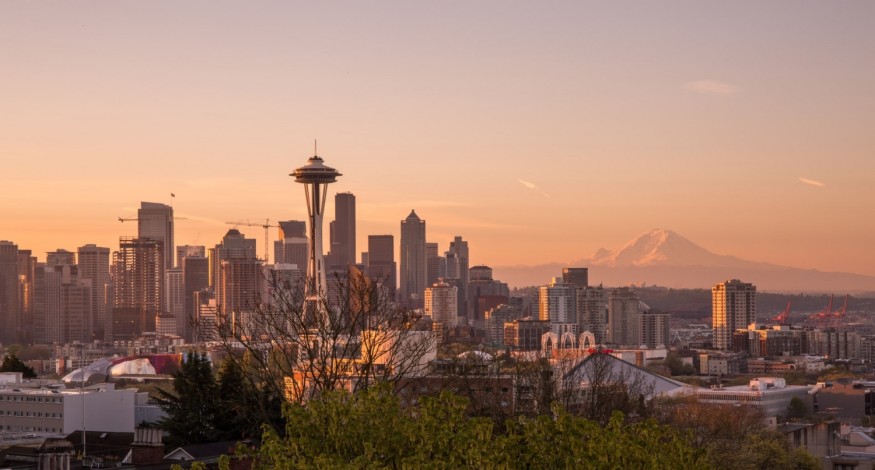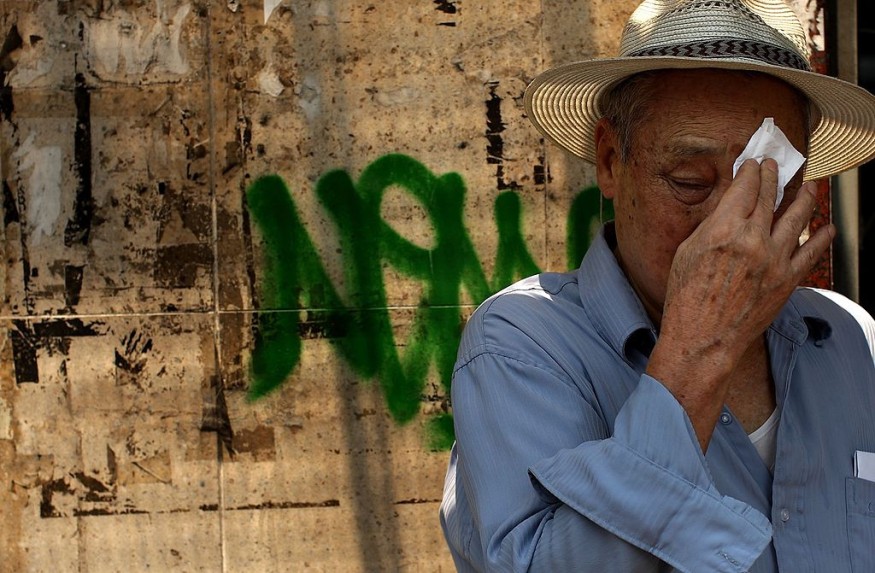By 2100, some US cities might experience Middle Eastern temperatures. Unchecked global warming would deliver unimaginable severe heat, with July highs in 16 US cities matching those in the Middle East.

Intensifying Heat
According to a recent estimate, 16 US towns face the possibility of experiencing summer temperatures comparable to those found in parts of the Middle East by the end of the century. The climate catastrophe threatens to subject many Americans to completely new climatic realities.
This summer, heatwaves have wracked large portions of the US, putting about a third of the population under some heat alert and causing Great Plains regions to experience temperatures as high as 115F (46C). From Portland, Oregon, which touched 102F (38.9C) on Tuesday, to Boston, Massachusetts, which reached 100F (37C), hundreds of heat records have been broken.
However, global warming may cause many US locations to experience hot extremes that were formerly unfathomable, permanently altering their climates to resemble those of locations far farther south or even beyond.
Breaking Records

According to Climate Central's analysis of temperature trends, many cities will experience summer temperatures in 2100 that are, on average, 437 miles farther south, with summers in Washington, DC, Boston, and Billings, Montana, resembling those in Austin, Texas, Philadelphia, and El Paso, Texas, respectively.
Some US cities, like Los Angeles, becoming more like Tuxpan in Mexico, might adopt the temperatures already experienced by cities in other nations. By the turn of the century, a select few may go on an epic climatic adventure, with summers in Austin like those in Dubai today, winters in Phoenix resembling those in Saudi Arabia, and winters in Las Vegas resembling those in Kuwait.
According to Climate Central spokesperson Peter Girard, the longer-lasting heatwaves, now rare extremes, will pose the greatest hazards. Climate Central is a research group comprised of climate scientists and scientific communicators. "Such heatwaves will become commonplace, and risks will be far more prevalent. There will be others who must deal with this who have never required air conditioning. It can swiftly go from unpleasant to hazardous.
To determine what is currently considered "normal," researchers collected temperature data from 1990 to 2020. They also examined 20 alternative estimates of temperature this century under various climate change scenarios. They decided to contrast the current situation with a scenario in which emissions that contribute to global warming are not drastically reduced, and the average global temperature rises by around 3.6C by the end of the century.
Global Warming
Since preindustrial times, the earth has warmed by around 1.2C, contributing to the recent severe heatwaves and wildfires in the US and Europe. According to Gina McCarthy, the White House's chief climate adviser, "Extreme heat is a silent killer, yet it impacts more Americans than any other weather disaster, especially the most vulnerable in our country."
Due to the increased use of renewable energy, many scientists anticipate that the temperature increase would be limited to below 3.6C. Still, Girard said that even lower warming would lead to changes in the climatic norms of US cities.
He added that this would be a pressing issue in the near future everywhere. "Slowing the temperature rise and giving cities and governments more time to take action to keep people safe."
Related Article : Utah Faces an Environmental Catastrophe as the Great Salt Lake Continues to Dry Up
For more environmental news, don't forget to follow Nature World News!
© 2025 NatureWorldNews.com All rights reserved. Do not reproduce without permission.





